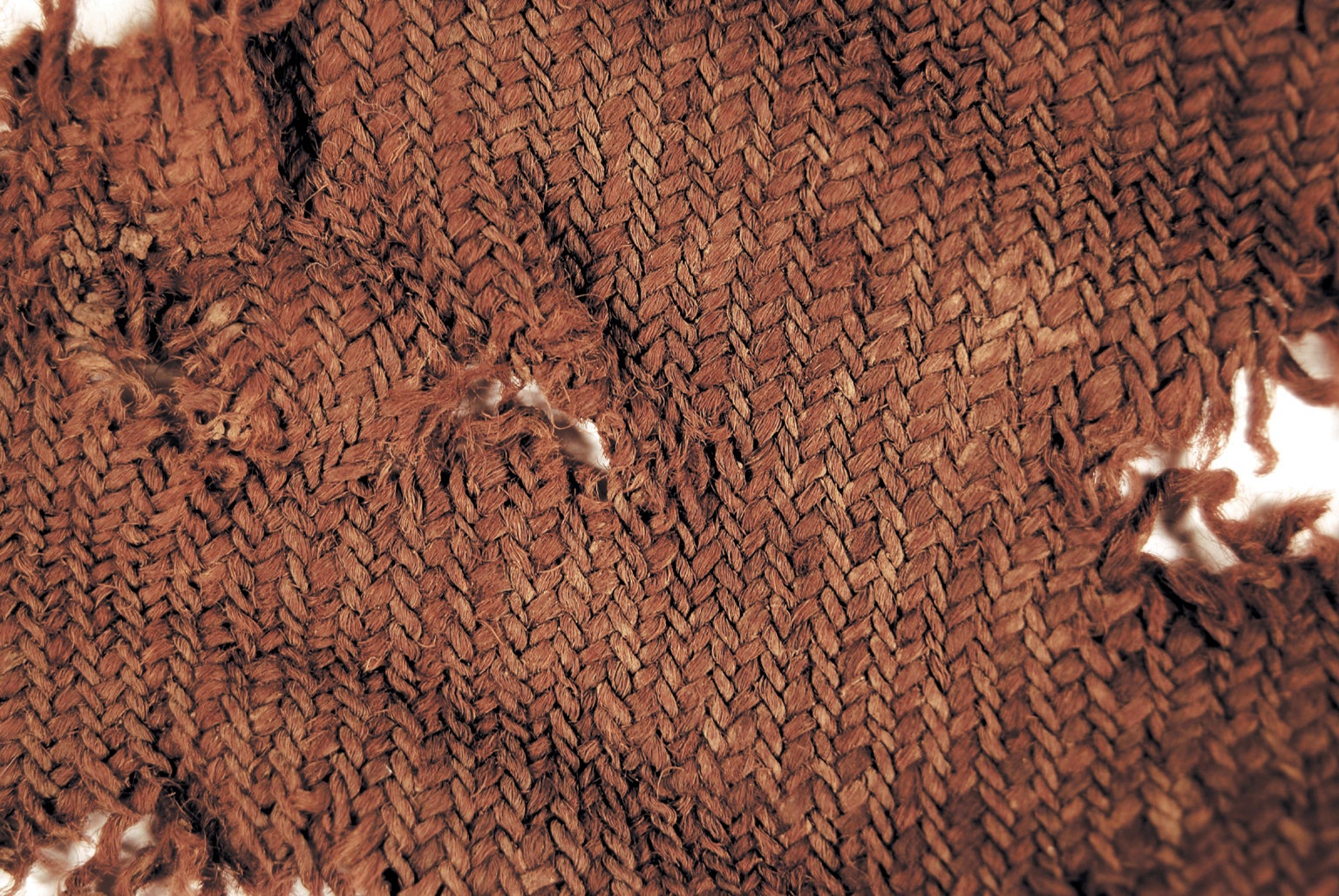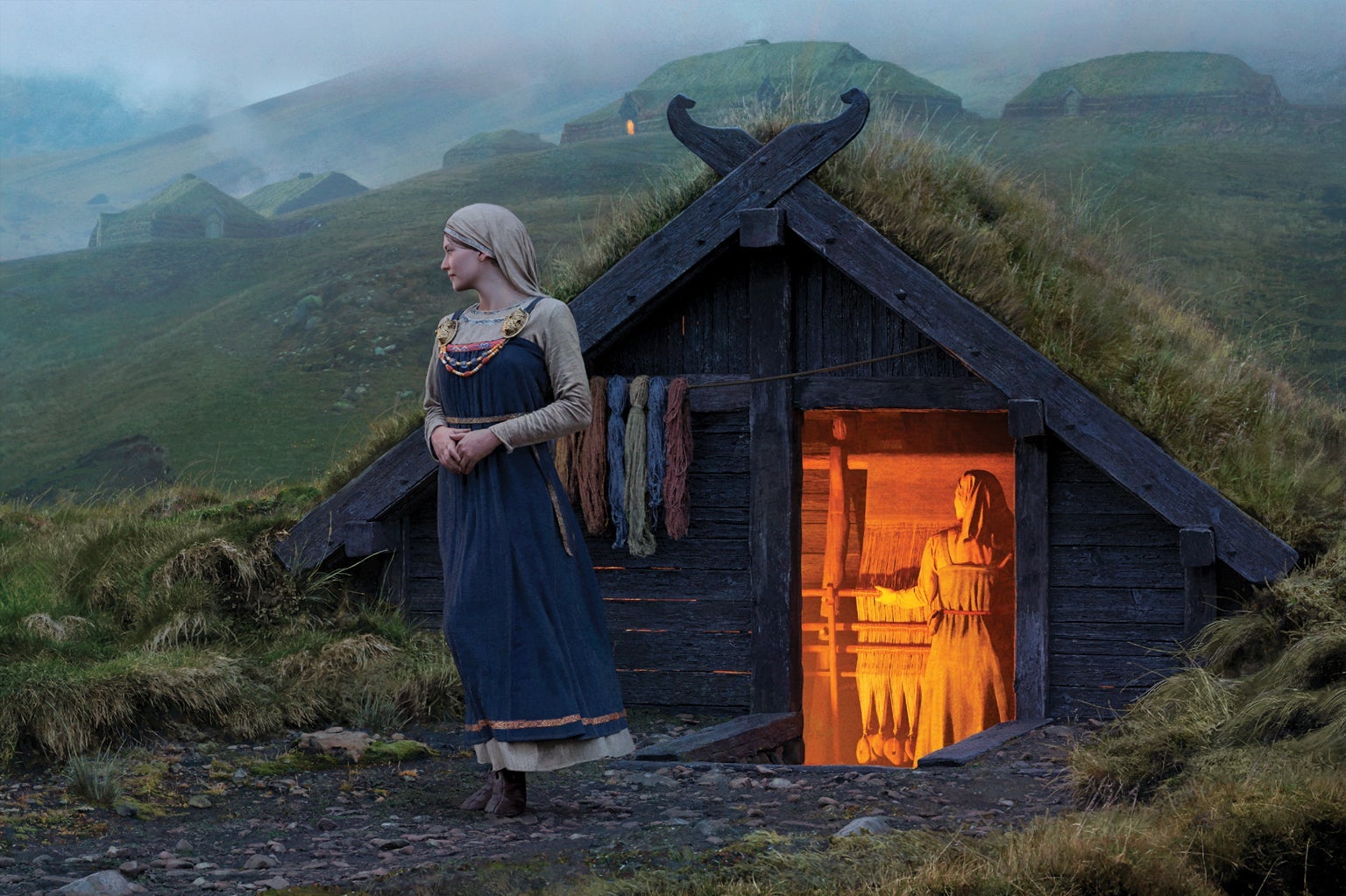Anthropology
Related: About this forumViking Women Were Power Weavers Whose Textiles Provided Vital Trade Across Europe, Researchers Say
One archaeologist has discovered that Viking women made a highly standardized cloth that was valued as a currency.
Sarah Cascone, September 19, 2022
The Vikings of legend were fearless male warriors who raided coastal towns across Europe. But archaeological research shows that Viking women were just as integral to the expansion of Viking society as their male counterparts if not more so, thanks to a vital trade in their homespun textiles.
It was women’s weaving that helped give birth to the Viking Age, according to Michèle Hayeur Smith, an anthropological archaeologist at Brown University in Providence, Rhode Island. This period in the Middle Ages saw Norsemen trade across Europe and even extend their reach to North America.
“Textiles and what women made were as critical as hunting, building houses and power struggles,” Hayeur Smith told Scientific American.
The daughter of an anthropologist who specialized in fabrics, Smith got a fashion degree in Paris and focused on Viking women’s dress during her PhD studies at the University of Glasgow in the 1990s.

Legal cloth known as vaðmál from late 17th-century archaeological deposits at the site of Gilsbakki in western Iceland. Gilsbakki was the seat of Viking Age and medieval chieftains from around 900 to 1210. Photo by Sarah Philbrick Kelly, 2008.
More:
https://news.artnet.com/art-world/viking-women-weavin-power-2178165
Judi Lynn
(162,753 posts)
Credit: Chase Stone
Cloth from Viking and medieval archaeological sites shows that women literally made the money in the North Atlantic
By Francine Russo
Archaeology has a representation problem. For most of the time that scholars have been probing the human past, they have focused mainly on the activities of men to the exclusion of women. There are a couple reasons for this bias. One is that the kinds of artifacts that tend to preserve well are made of inorganic materials such as stone or metal, and many are associated with behaviors stereotypically linked to men, such as hunting. Another reason is that early archaeologists were mostly men and more interested in men's work than in women's. As a result, our understanding of past cultures is woefully incomplete.
In recent years archaeologists have sought to fill that gap in our knowledge, in part by taking a closer look at traditionally ignored remains such as textiles, which had long been dismissed as trivial. Cloth rarely survives the centuries because it decomposes easily except under ideal preservation conditions. But even in a fragmentary state, it contains a wealth of information about the people who made and used it.
Michèle Hayeur Smith, an anthropological archaeologist at Brown University, has been at the forefront of efforts to glean insights from ancient cloth, scouring archaeological sites and museum collections for textiles that could illuminate the lives of women in early North Atlantic societies. Her work has shown that the Vikings never would have expanded their known world without the women's work of weaving.
Hayeur Smith's study of early North Atlantic textiles took off from the basement storage area of the National Museum of Iceland, its rows of metal shelving bursting with boxes and bags of dirt-covered cloth. She first visited in 2009 to inspect the museum's collection of remains from the Viking Age and later periods. “It was literally thousands of fragments,” she says. Yet they were just sitting there, hardly examined by anyone.
More:
https://www.scientificamerican.com/article/viking-textiles-show-women-had-tremendous-power/